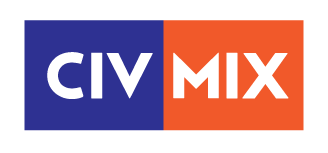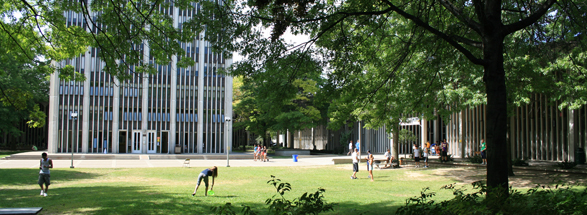The University at Albany on Friday announced that Indian Quad, located at the university’s uptown campus, has been changed to Indigenous Quad after a review by university officials.
Here is the announcement by University President Dr. Havidan Rodriguez:
As part of the University at Albany’s commitment to diversity, equity and inclusion, our University Council voted today to change the name of Indian Quad to Indigenous Quad and of Indian Drive to Indigenous Drive.
These changes follow a thoughtful review by the Indian Quad Work Group composed of students, faculty, staff and alumni. Last fall, this work group concluded that while people may disagree about the appropriateness of the term “Indian,” its continued use in connection with our campus is at odds with UAlbany’s core value of inclusive excellence. Put simply, we must strive with every action to make all members of our community feel included in campus life.
In the coming months, we also expect to announce changes to other locations around campus that use this term. You can read more about the process that led us to this point, and the next steps, in this FAQ.
Indigenous students have been part of UAlbany almost since its founding, and it is our responsibility to reflect on how we can more meaningfully include Indigenous communities in the education, research, service and cultural life of our University. As the public university serving New York’s capital, we have a special obligation in this regard. This will require more than just changing signs on buildings and roadways, and I want to assure you that the University is committed to this work.
We will begin by drafting a land acknowledgment that properly recognizes the Indigenous people who lived on the land UAlbany calls home. Further, we will organize educational programming and install new signage to help our community learn more about Indigenous cultures. We are also strongly committed to developing sustained and reciprocal relationships with New York’s Indigenous communities.
As an institution of higher education, we must confront and learn from our history—in all its complexity. The degree to which we rise to this challenge is an important measure of our progress toward becoming the nation’s leading diverse public research university.

